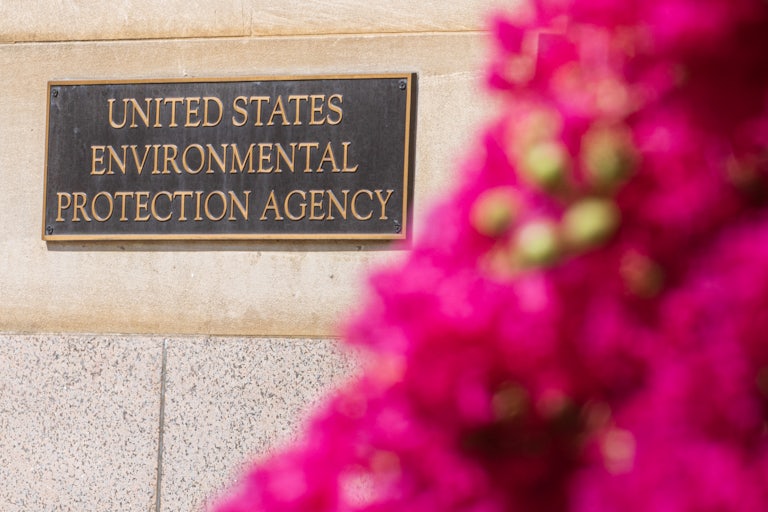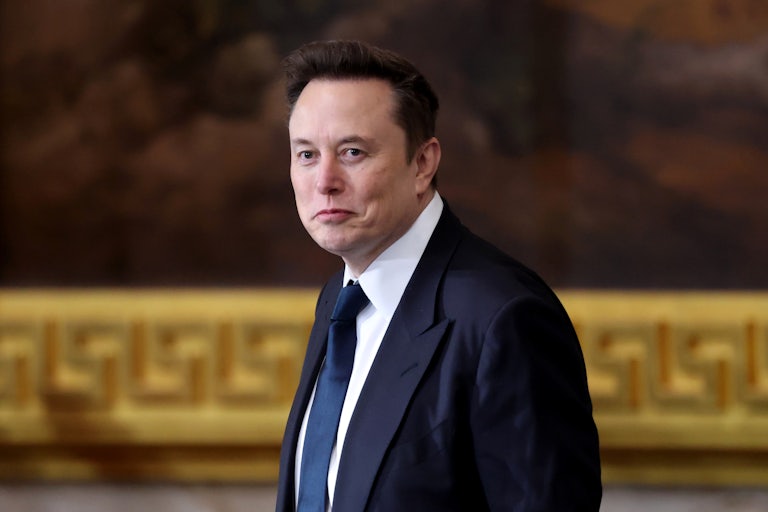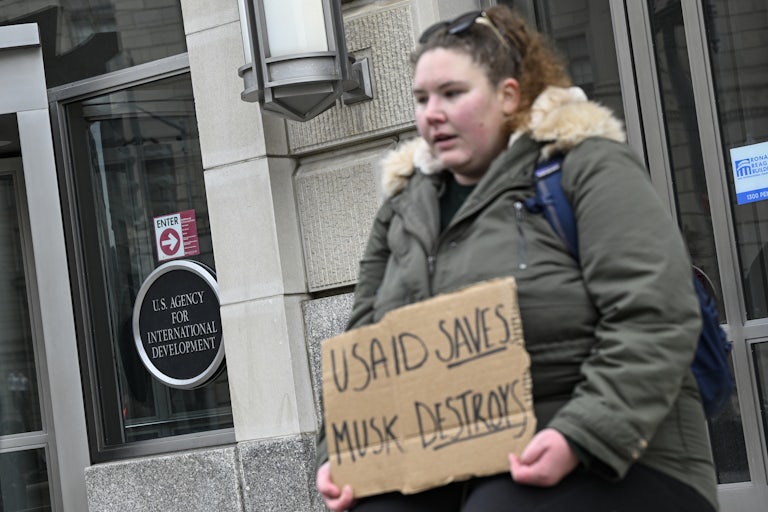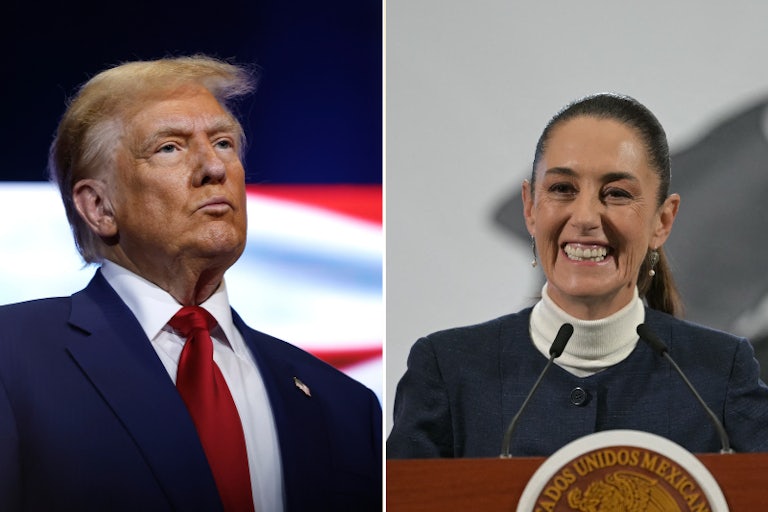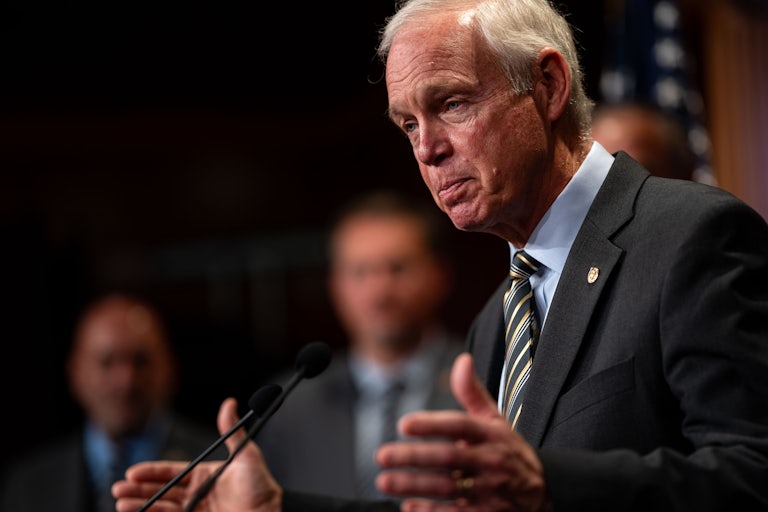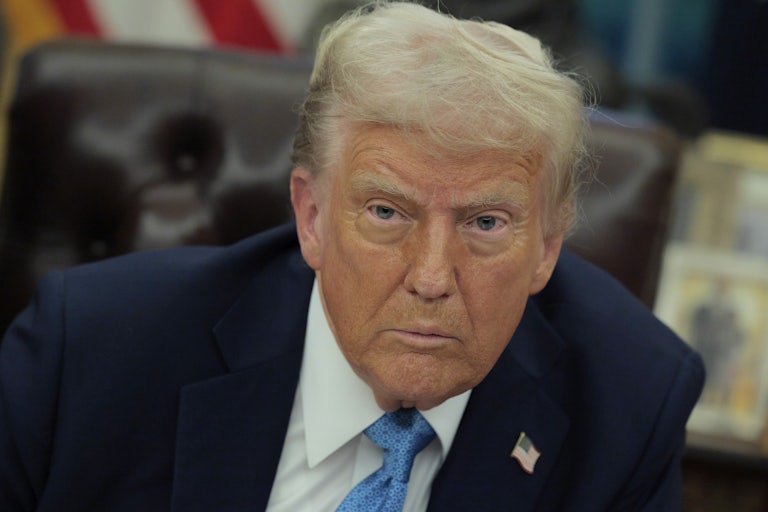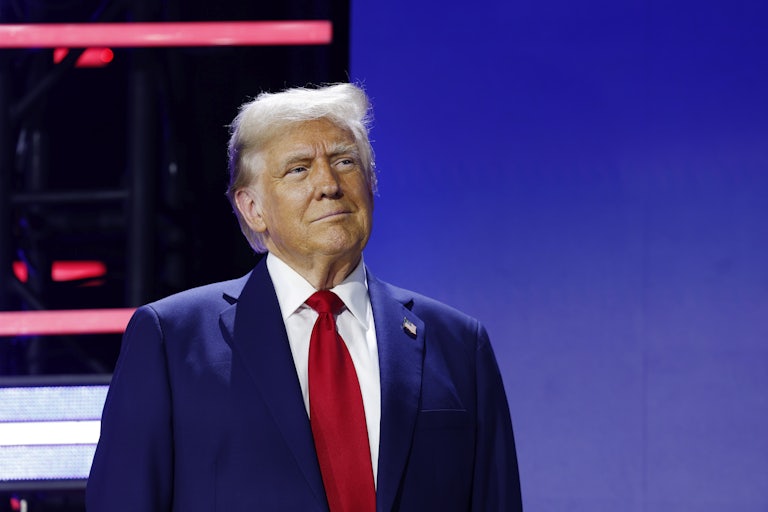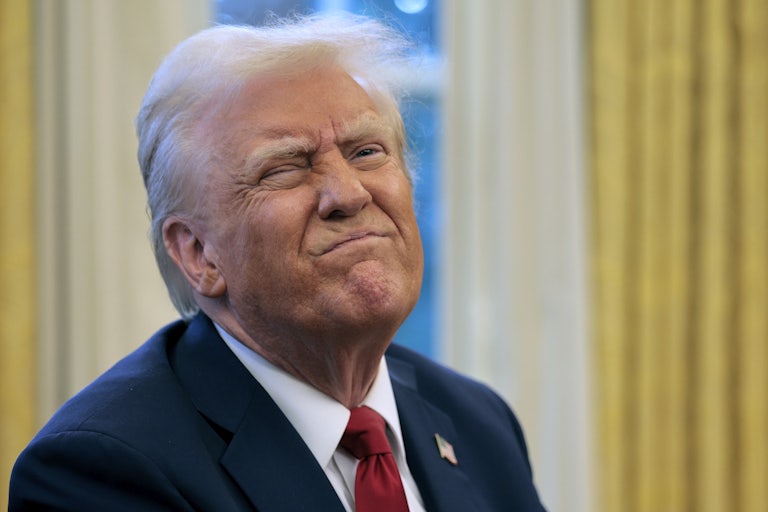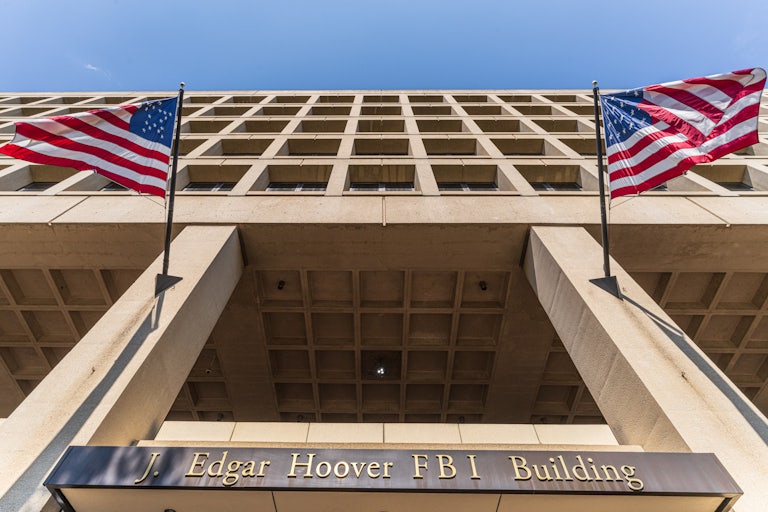Trump’s Latest Executive Order Makes Absolutely No Sense
Why is Donald Trump trying to make a U.S. sovereign wealth fund happen?
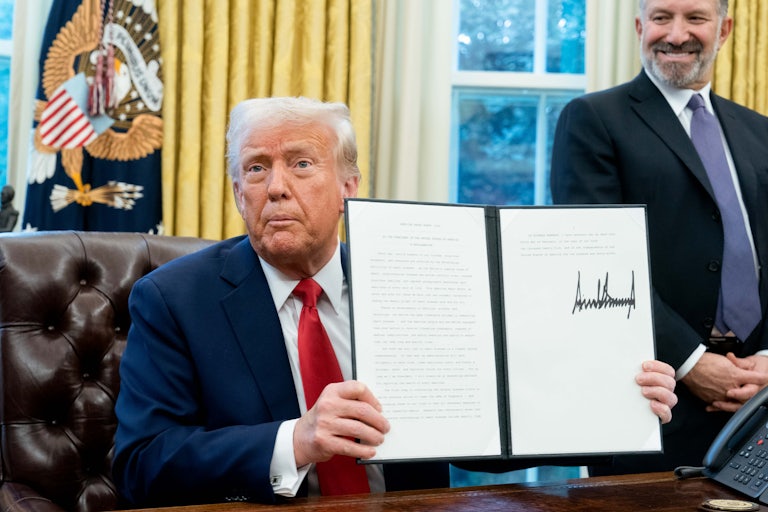
Donald Trump’s latest solution to salvage TikTok for U.S. consumers includes a sovereign wealth fund, though how it would be funded isn’t exactly clear.
Trump signed an executive order Monday ordering the U.S. Treasury and Commerce departments to create the fund.
The president suggested that the fund could partially own TikTok, which has until mid-March to sell its U.S. operations or be banned from the American market.
Treasury Secretary Scott Bessent hailed the idea of a sovereign wealth fund. “We’re going to stand this thing up within the next 12 months. We’re going to monetize the asset side of the U.S. balance sheet for the American people,” he told reporters. “There’ll be a combination of liquid assets, assets that we have in this country as we work to bring them out for the American people.”
Trump pitched the idea as a presidential candidate during a speech at the Economics Club of New York in September, when he loosely said such a fund would be financed “through tariffs and other intelligent things” in order to build everything from major infrastructure projects (think airports and highways) to medical research. But exactly what the U.S. would gain from developing a sovereign wealth fund isn’t obvious.
“A sovereign wealth fund is a worthy idea in theory, but the United States is poorly positioned to create one because it’s $35 trillion in debt, requiring annual payments of $1 trillion just to cover the interest, and running an annual budget deficit of $1.5 trillion,” Timothy Noah reported for The New Republic in September.
“Opinions vary about how serious a problem this is, but it’s very much the opposite of a budget surplus, which is what a country typically must have in order to create a sovereign wealth fund. Countries with sovereign wealth funds usually have some resource (most often oil and gas) that’s gushing revenue faster than the government knows how to spend it.”
There are approximately 90 sovereign wealth funds around the globe, with more than $8 trillion in total assets, according to data from the International Forum of Sovereign Wealth Funds. Sixty percent of those are funded by natural resource revenues.
It’s therefore unclear how the U.S. could create a sovereign wealth fund of its own, or how that fund could somehow save TikTok access in the country.
Trump has promised to restore TikTok access to the American market, despite a congressional ban, a decision to uphold the ban by the Supreme Court, and contestations from some of his allies in the legislative branch who would like to keep the popular video-sharing app offline. After entering office, Trump signed an executive order to delay the ban by 75 days—a window accounted for within the ban so long as the company is pursuing a sale.
The president has said he was in talks with multiple people over the sale of the application and has promised an update on the issue sometime in February, according to Reuters.
In January, Trump stipulated that the company’s divestment from its Chinese-owned parent company, ByteDance, would also have to result in the U.S. gaining an ownership stake in the app.
Some of Trump’s allies could be the top contenders waiting in the wings for the company’s sale. Major Republican donor Jeff Yass reportedly owns a 15 percent stake in TikTok. Trump’s former campaign manager Paul Manafort has business ties to the Chinese media industry, and former Treasury Secretary Steven Mnuchin revealed his own plans to acquire the social media company via an investor group last year, just a day after the ban passed with overwhelming bipartisan support in the House.
But other options remain should TikTok never return. When the Indian government pulled the plug on the social media app due to a violent feud with China on their shared border, TikTok dropped its 200 million users. In the app’s wake, companies with format competitors to TikTok, including Youtube and Instagram, absorbed many of TikTok’s influencers onto their own platforms.
